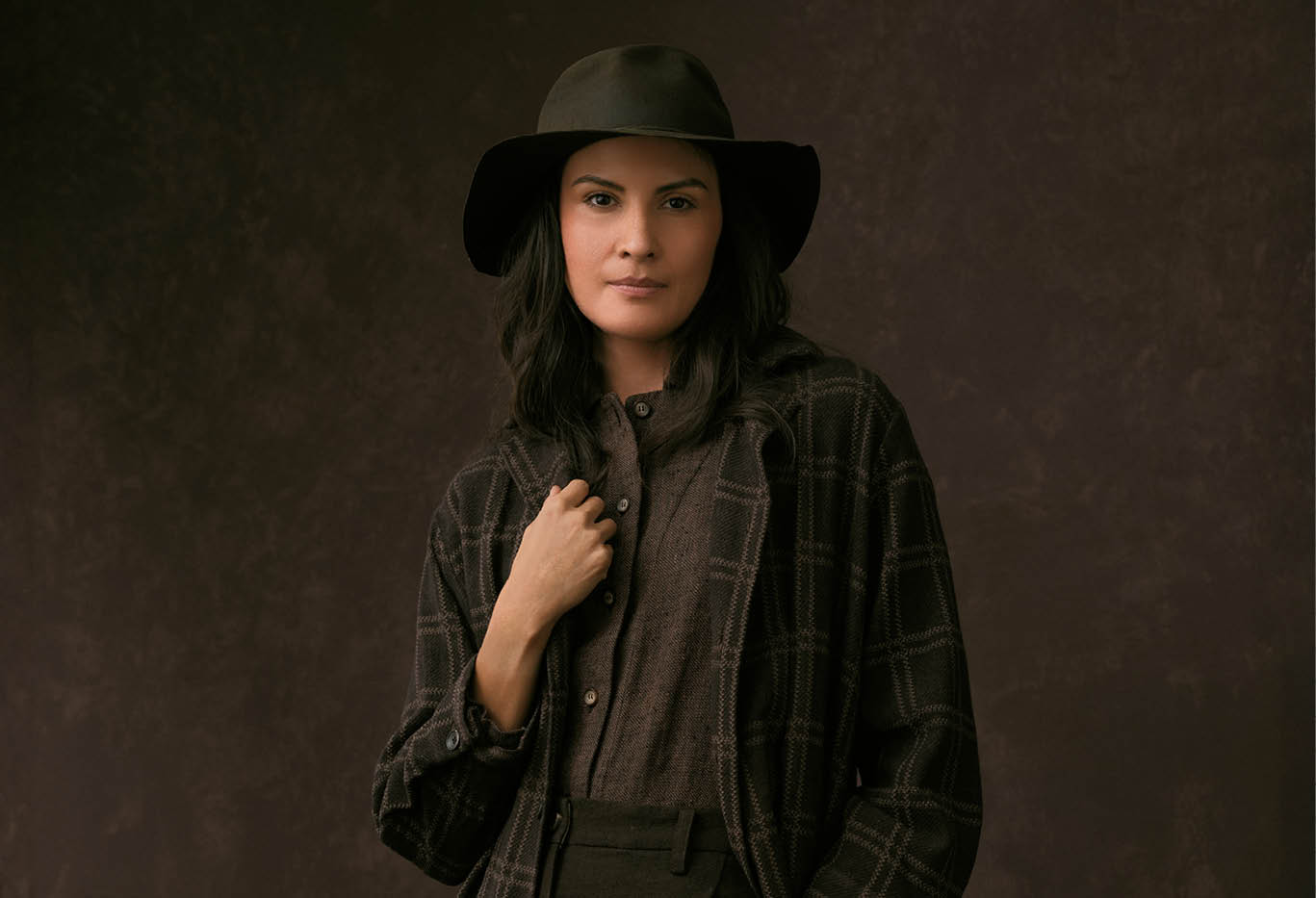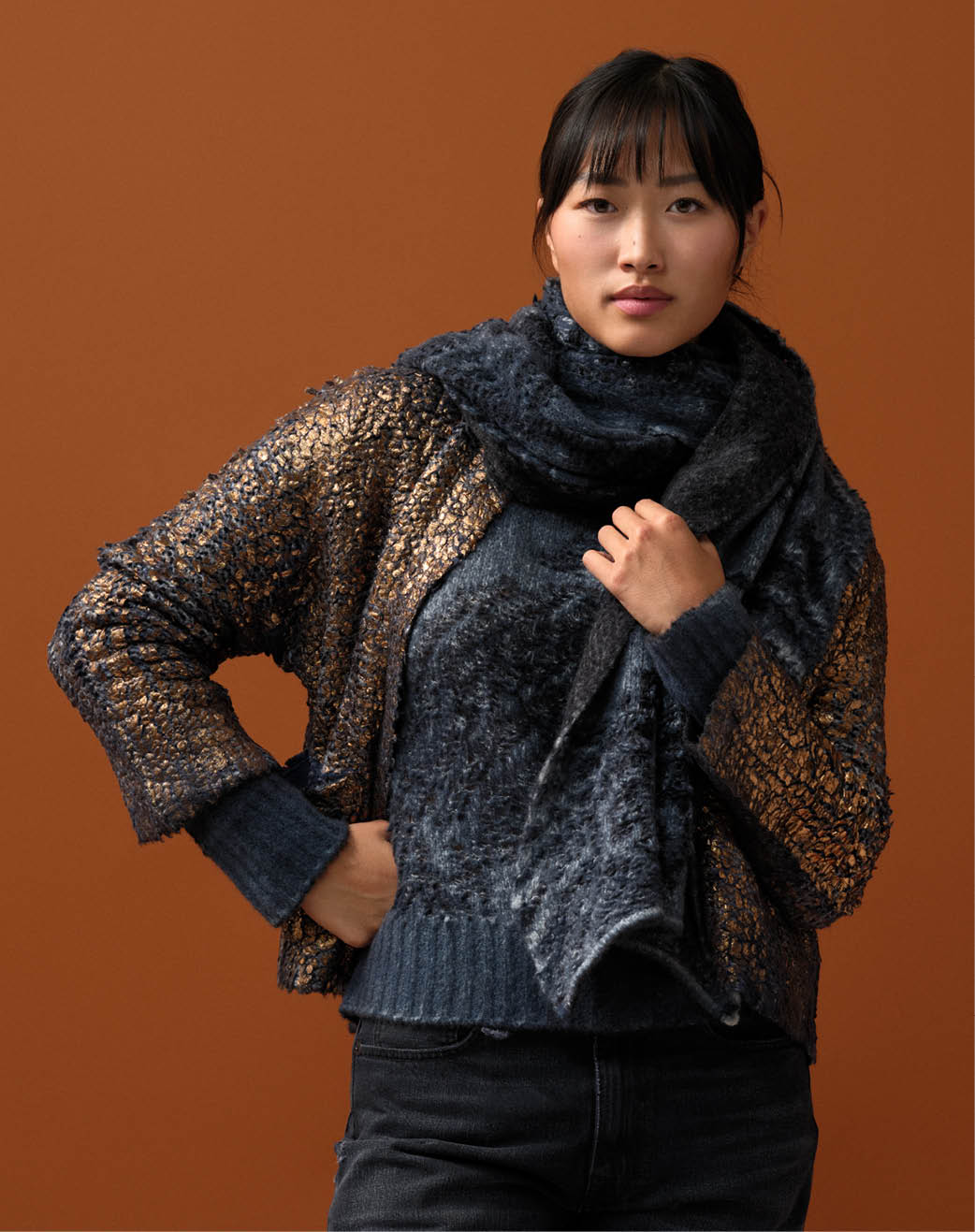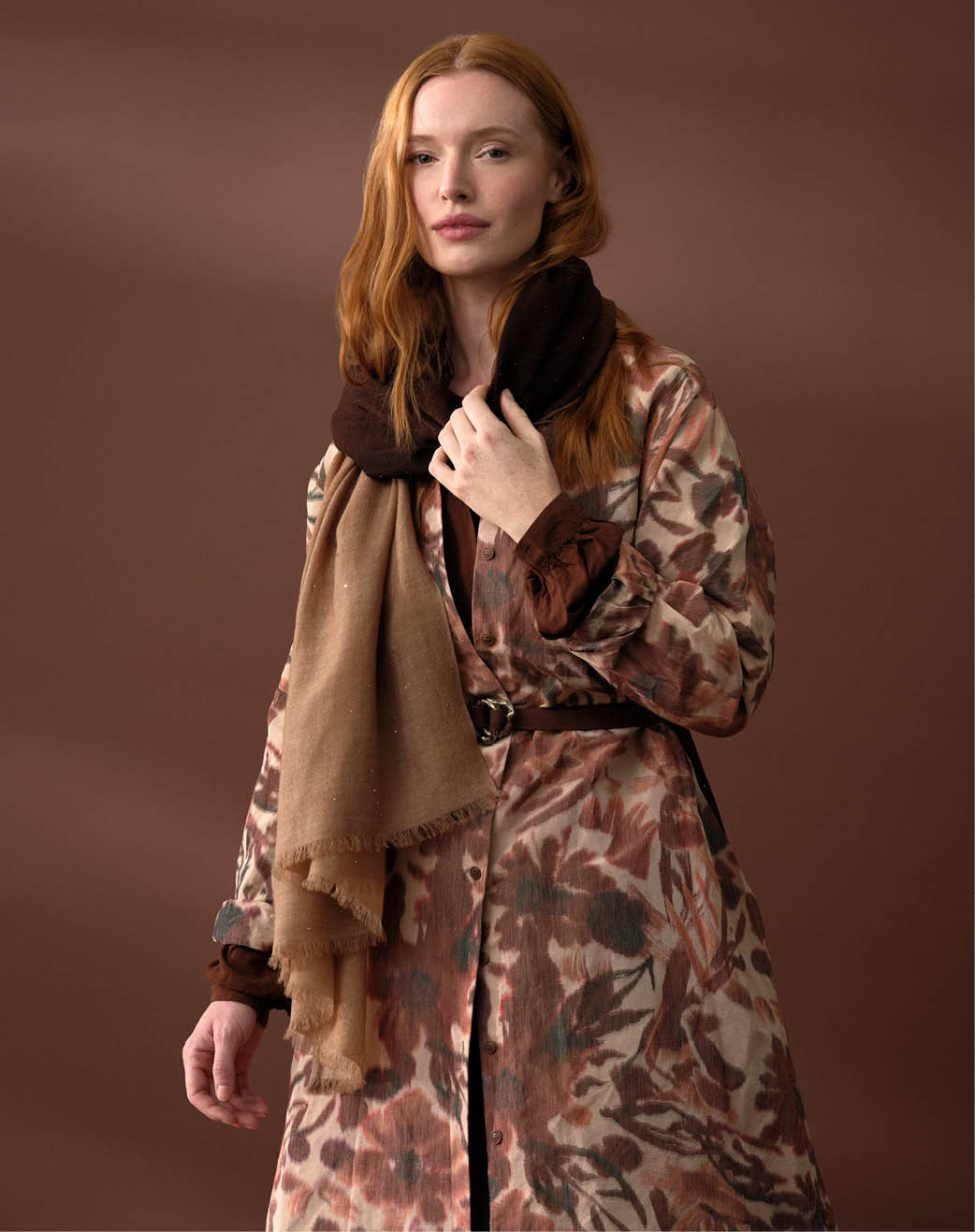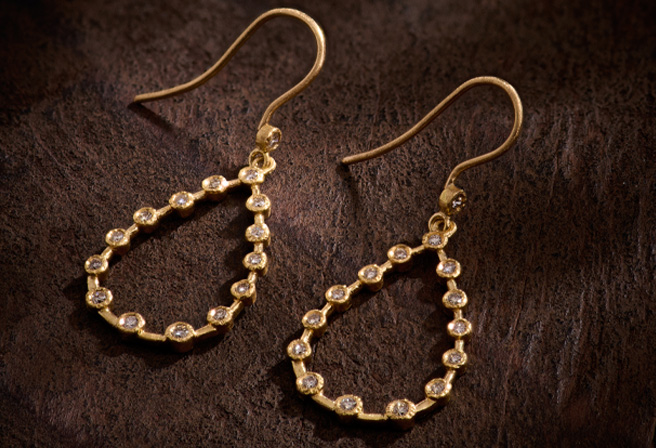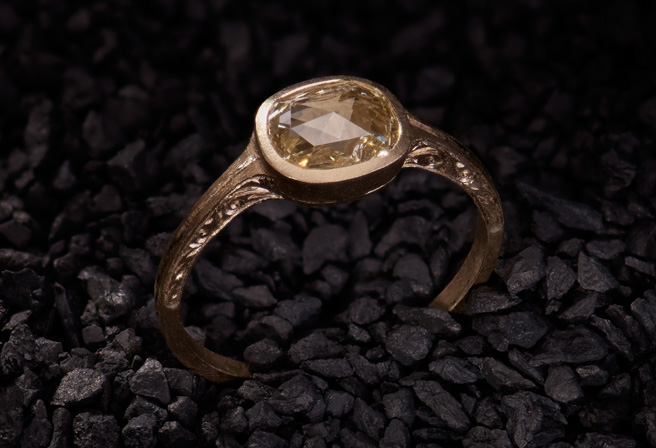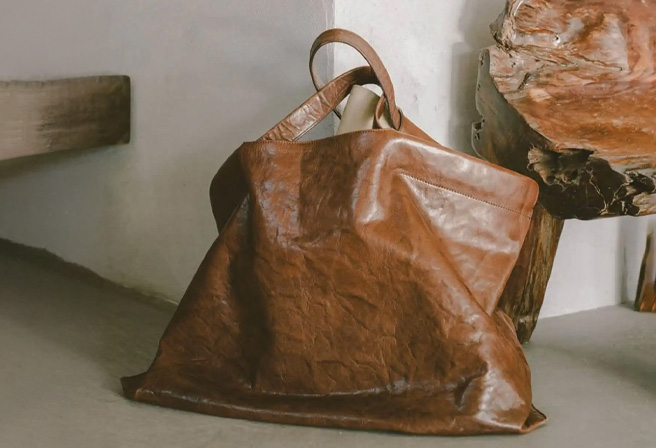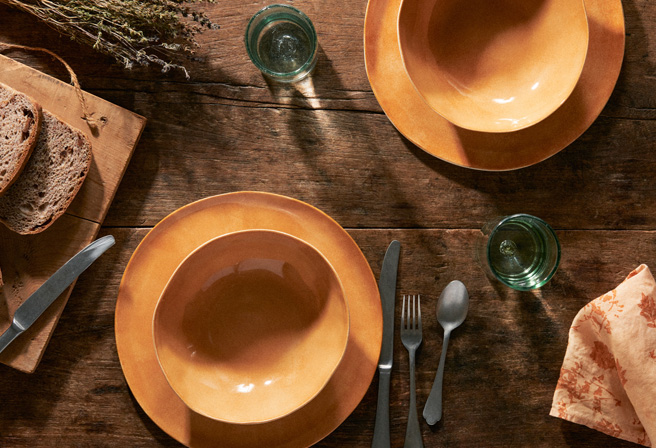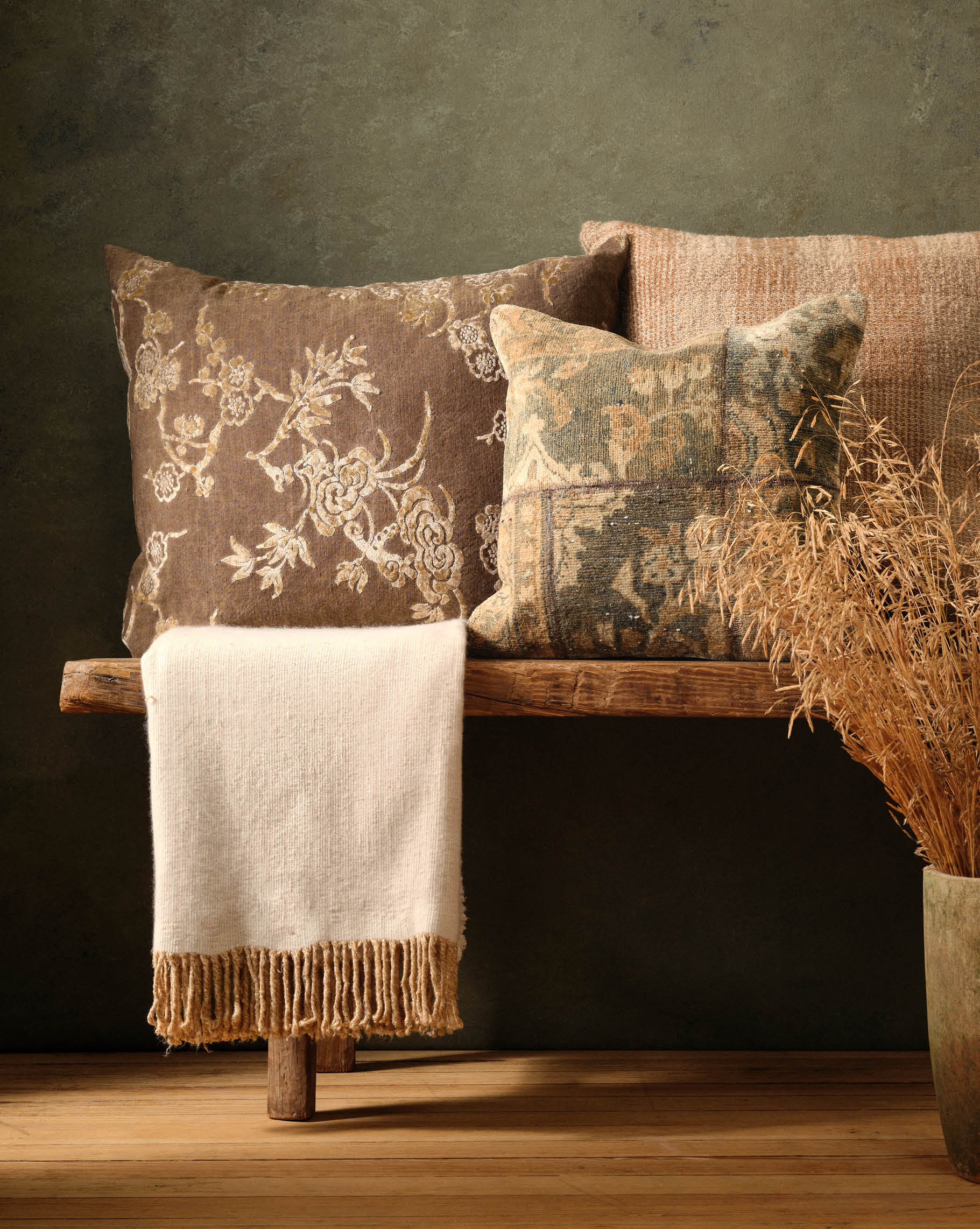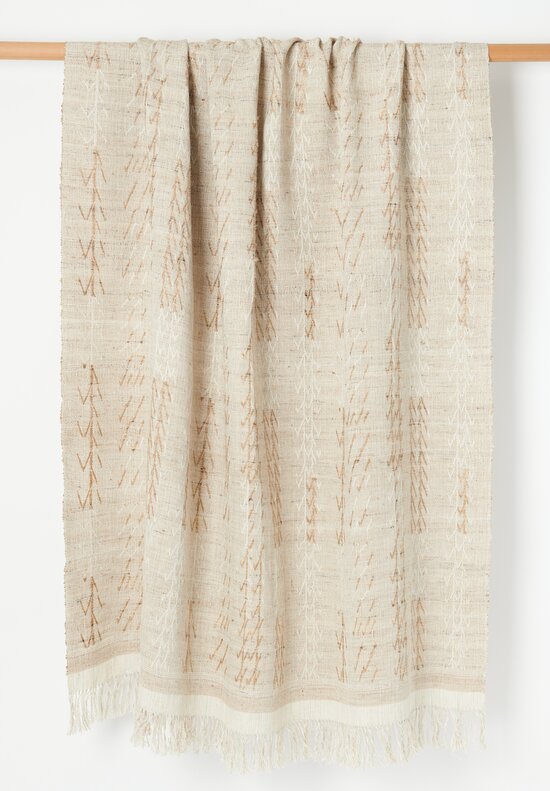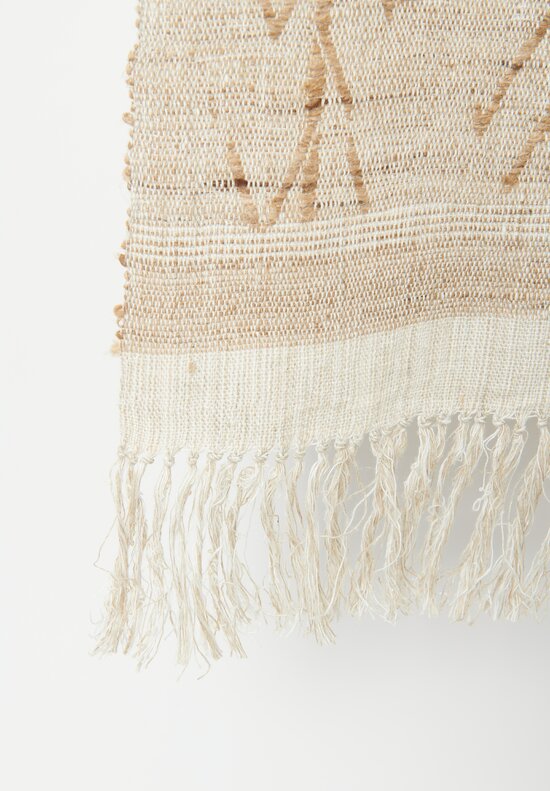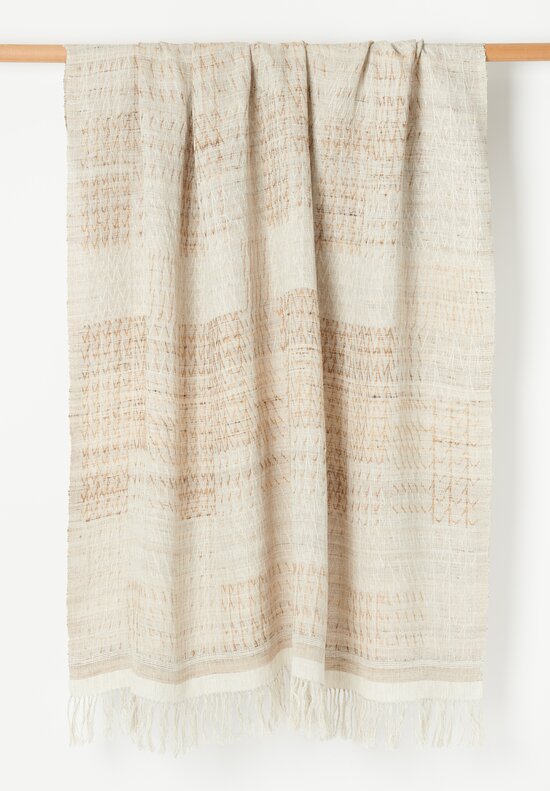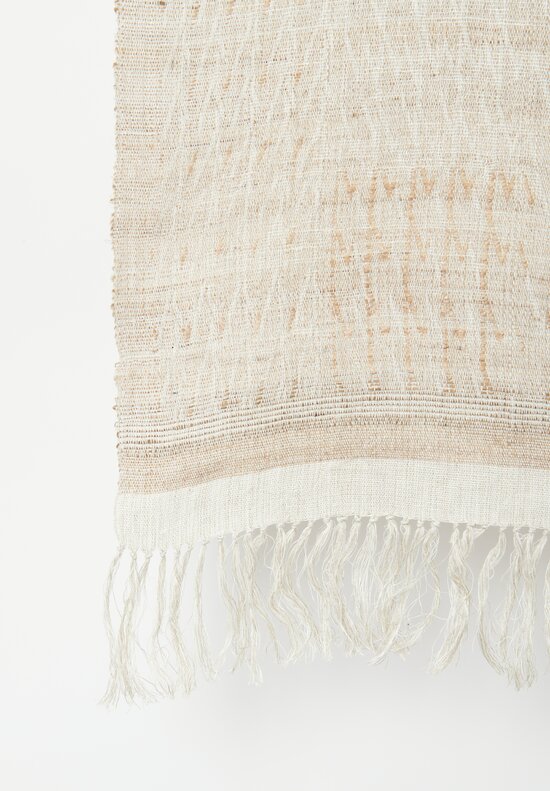Masnada and Gilda Midani have something in common with Ancient Roman civilization.

Like the famous villa frescos of Boscoreale, just north of Pompeii, swaths of color wash over everything. Fiery hues of red and blood orange weather into the terra-cotta walls and, over time, continue to reveal the artistic practices of those ancient people.






Just like Masnada’s lush patterns and Gilda’s depth-defying dyes, color and its application take center stage. In ancient Rome, frescoes covered every wall in country villas. Nature’s colors inspired their palettes and were used to depict scenes from everyday life, dynastic portraiture, and Greek mythology. The use of trompe l’oeil brought the paintings into three dimensions on the walls and were considered the pinnacle of artistic achievement.




Pigments in both painting and fashion reflect the nature around us, like Chrysanthemin. It’s a deep red pigment and a member of the anthocyanins group that is responsible for the colors of flowers, leaves and fruit. Anthocyanins make blueberries blue, blackberries black, and blood oranges that particular red that were central to ancient Roman painting. The evolution of color from ancient pigment practice to its contemporary context shines through in the blood orange hues of Gilda Midani and Masnada.
